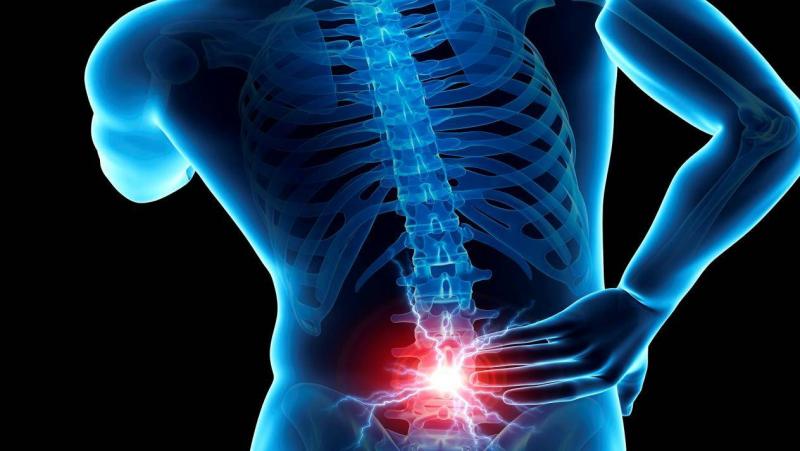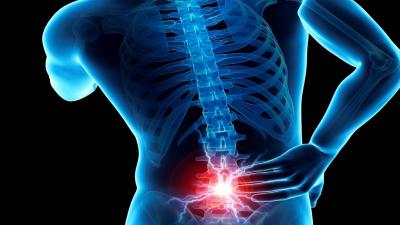A new study conducted by Kunming Medical University in China revealed that platelet-rich plasma (PRP) injections may be more effective in treating back pain than conventional treatments. PRP is a mixture of blood cells (called platelets) and plasma, the liquid component of blood. Platelets, which aid in blood clotting, contain proteins known as "growth factors" that assist in the healing process. In the context of back pain treatment, these proteins appear to stimulate the growth of healthy new cells and tissues.
The research team explained that the process involves spinning a small sample of the patient's blood in a centrifuge to produce a liquid with a concentration up to 8 times that of platelets in normal blood, significantly enhancing the growth factor content, which is then injected into the patient. The therapeutic proteins in the injection are believed to help repair damaged tissues (the source of pain) in the weeks and months following the injection.
In the recent study, data was collected from 4 studies involving over 150 patients suffering from lower back pain. The results, published in the journal "Pain Research," indicated that 55% of patients reported that their pain had significantly disappeared after 4 weeks of treatment. After 6 months of treatment, 80% of patients who received platelet-rich plasma reported that their pain had completely vanished, compared to 77% of the radiofrequency treatment group, 42% of patients on the common lidocaine drug, and less than 1% of the steroid injection group.
Researchers believe that platelet-rich plasma (PRP) therapy accelerates the long-term tissue repair process and increases collagen levels, a fibrous substance that enhances tissue strength. It is worth noting that further independent studies are needed before PRP can be offered for treating joint pain and back pain.




